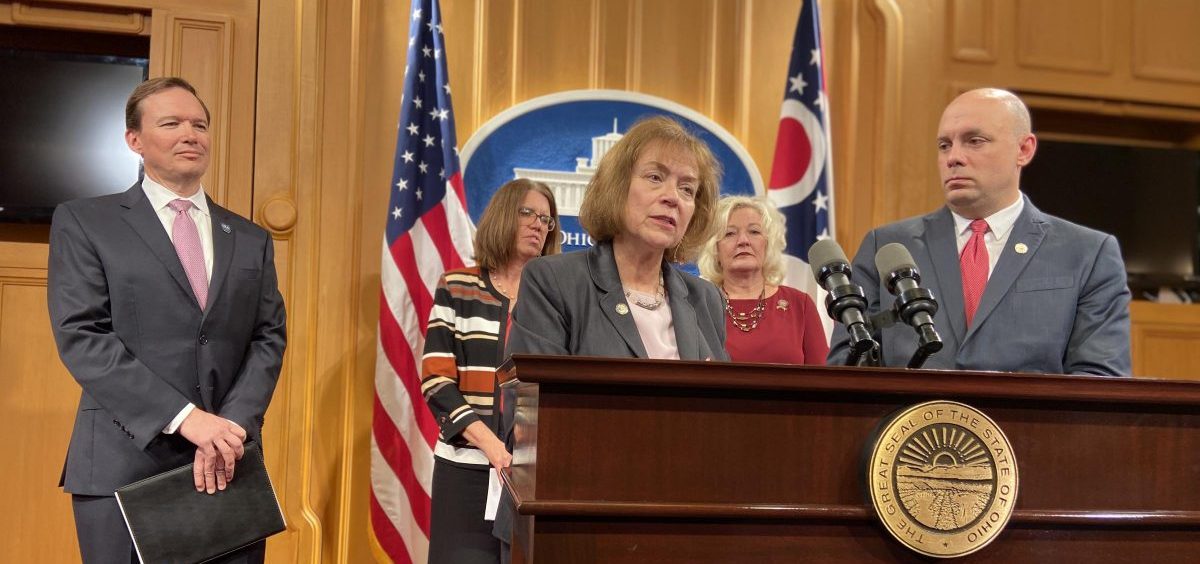News

Charter School Operators Must Be Non-Profit Under Bipartisan Bill
By: Karen Kasler | Statehouse News Bureau
Posted on:
Nearly 180 charter schools will have to change how they do business or shut down under a new bipartisan bill introduced in the Ohio House. It’s the latest attempt to crack down on charter schools.
Charter schools are non-profit by law, but around 178 are managed by for-profit operators.
The bill from Rep. Gayle Manning (R-North Ridgeville) and Rep. Jeffrey Crossman (D-Parma) would require those operators to be non-profit as well by 2023.
“The goal here is not to make schools close,” Crossman said. “The goal here is to make sure schools are operating efficiently and doing what they’re supposed to be doing, which is educating the children.”
Seven other states have similar legislation, and Manning says the bill has the support of Speaker Larry Householder (R-Glenford). He has previously said he supports the idea.
The bill would also require charters be audited as public schools are, and would make the operators’ books public records.
A study by an anti-charter school group has shown for-profit operators spend 73% more on administrative costs per student than public schools do. It was conducted by the Ohio Charter School Accountability Project, an arm of Innovation Ohio, a progressive think tank which has been critical of charter schools. It says charter schools run by for-profit entities spend $1,167 more per pupil than public school districts on non-instructional administrative costs – that’s 73% more money per pupil spent outside the classroom.
There was no response to an email to the Ohio Council of Community Schools seeking comment.

